When you think about the Gestapo, the Nazis, or World War II in general, one of the first things that likely comes to mind is the Luger.
Easily one of the most iconic and famous pistols of all time, the Luger was an absolute game-changer.
No other pistol of its era seems to boast the impact on modern-day firearms as the Luger.
It led to rapid advancements in the development of semi-auto pistols, changed the world of ammunition, and even led to the development of sub-machine guns.
Today, we’ll explore the lead up to its creation, what made it unique, and why it gained notoriety.
So, let’s take a look at a pistol that deserves every bit of notoriety that it holds, the German Luger.
Table of Contents
Loading…
The Man Behind the Curtain
In 1849, a child was born right on the edge of the Austrian Empire.
His name was Georg Luger.
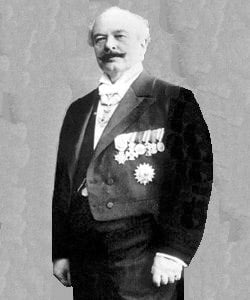
The son of a surgeon, it might not be too much of a stretch to say that a thorough understanding of complex mechanisms and an innate ability to work with one’s hands was something of an inherited trait.
In 1867, at the age of 18, Georg Luger went on to volunteer for military service. He quickly caught the attention of command and set aside for his expert marksmanship.
The military shipped him to the Austro-Hungarian Military Firearms School at Fort Bruckneudorf, where he first gained interest in firearm design – particularly automatic loading systems.
Imitation is the Sincerest Form of Flattery
It wasn’t long after his stint in the military that Luger met two men who would change his life forever – Hugo Borchardt and Ferdinand Ritter von Mannlicher.
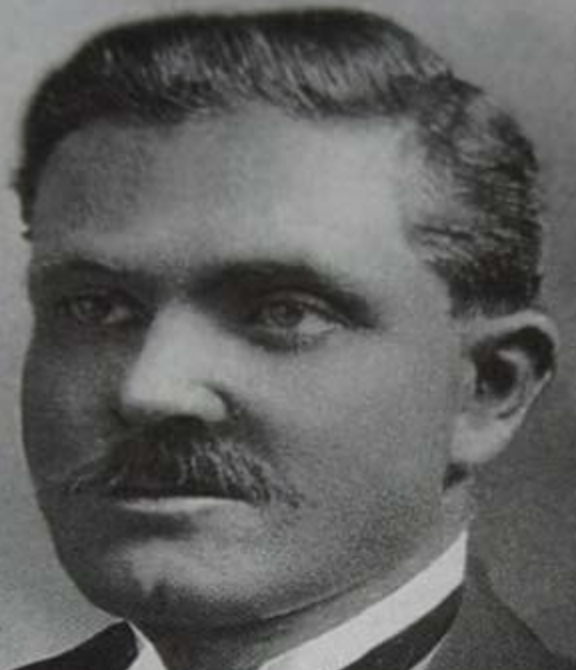
Had it not been for the creation of these two friends, the Luger pistol would likely never see the light of day.
Hugo Borchardt was a firearms designer who created a rather strange-looking pistol known as the C-93.
A novel and complex “toggle” action system chambered a round within the gun.
With this action came an even more interesting round — the 7.65mm x 25mm. The cartridge was specifically designed by Borchardt for use with his C-93.
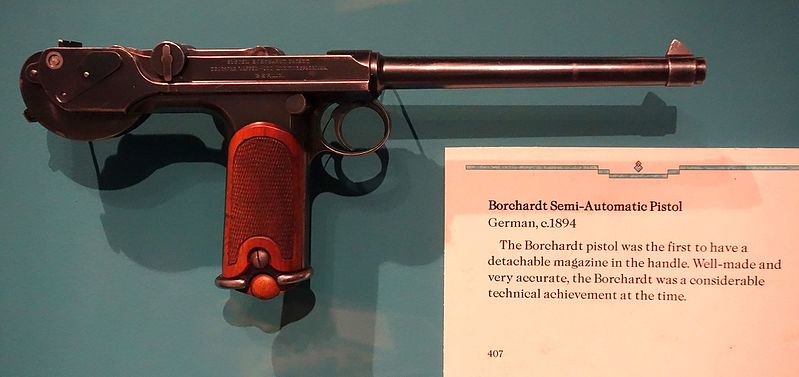
At this point, Luger had worked in armament development for years with Mannlicher, specifically on rifle magazine designs.
The creation of firearms was no mystery to him.
After studying the C-93, he began to realize several changes could be made to produce a truly spectacular firearm.
The result…the Luger.
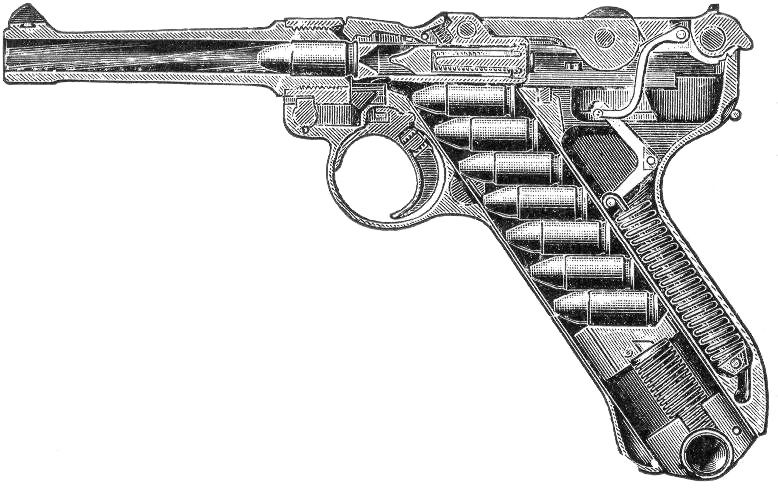
The Creation of the Luger
One of the chief changes Luger made to the C-93 was simplifying the toggle action.
He realized there were too many moving parts within it, and that simpler proves better with virtually any system.
Additionally, he found the vertical alignment of the C-93 handle a bit awkward to grip. So, he angled the Luger so that it would naturally align with the target.
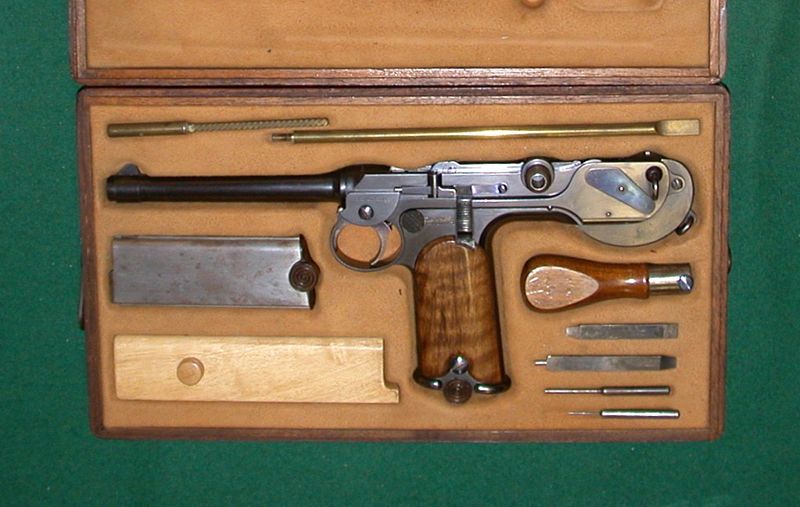
The Luger also possessed a fixed barrel — a trait that led to improved accuracy compared to other pistols at that time.
The end result was a pistol that could intuitively line up with a target and then put a round through with ease even from a distance.
Georg Luger kept the 8-round magazine that fed into the handle from the C-93.
Though his creation is a primitive semi-auto design by today’s standards, the Luger had an incredibly impressive rate of fire for weapons of its time.
And it was thus, in 1898, the Luger was created.

Manufacturing of the Luger truly began two years later in 1900 when a Deutsche Waffen-und-Munitionsfabriken began production.
Because of this, the initials DWM are often found engraved on the Luger.
One would think that such an iconic German weapon would be pumped out by the truckload for German soldiers, right?
However, that’s not what happened.
Ironically, Switzerland first picked up the Luger — referred to as the Model 1900 — for military use.

To Prepare for Peace…
As the Model 1900 rose in popularity, the German military took notice.
The German Navy adopted the Model 1900 as its standard sidearm in 1904.
However, before its German adoption, the military demanded the fix of one problem — caliber size.
One of the few characteristics Luger retained from the C-93 was the 7.65x25mm round. This turned out to be a slight issue.
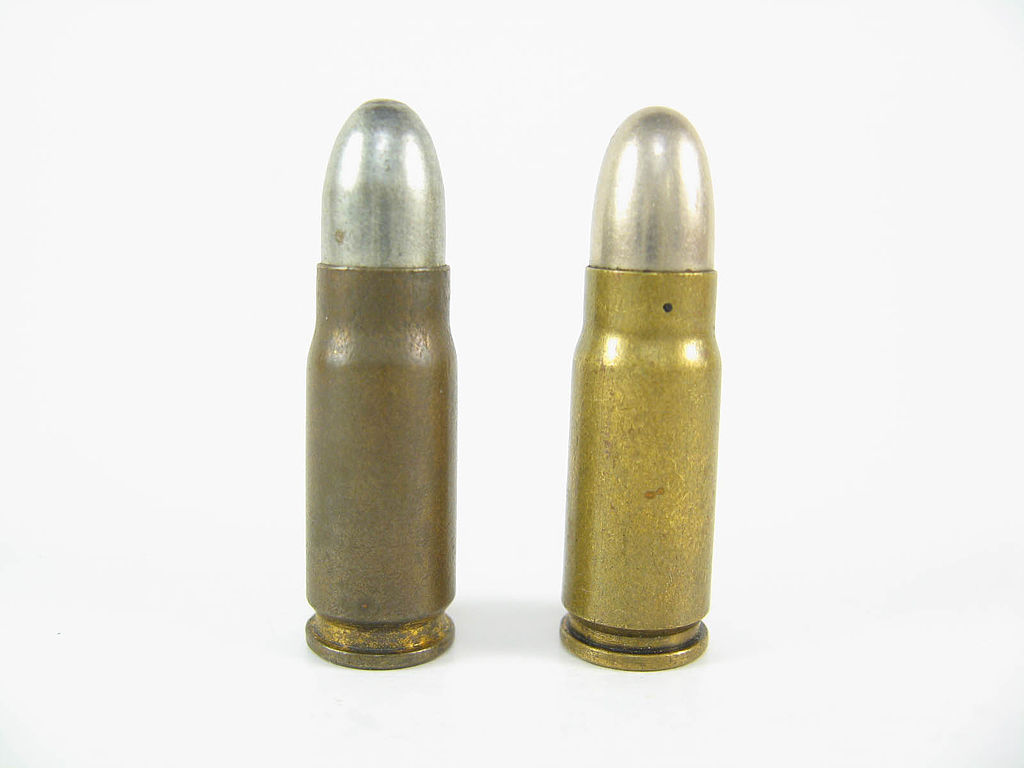
The German military wanted a round with more stopping power and better performance.
In response, Georg Luger removed the bottleneck shape of the 7.65x25mm round to create the infamous 9mm.
This new 9mm cartridge quickly gathered a number of names, including 9mm Luger and 9mm Parabellum.
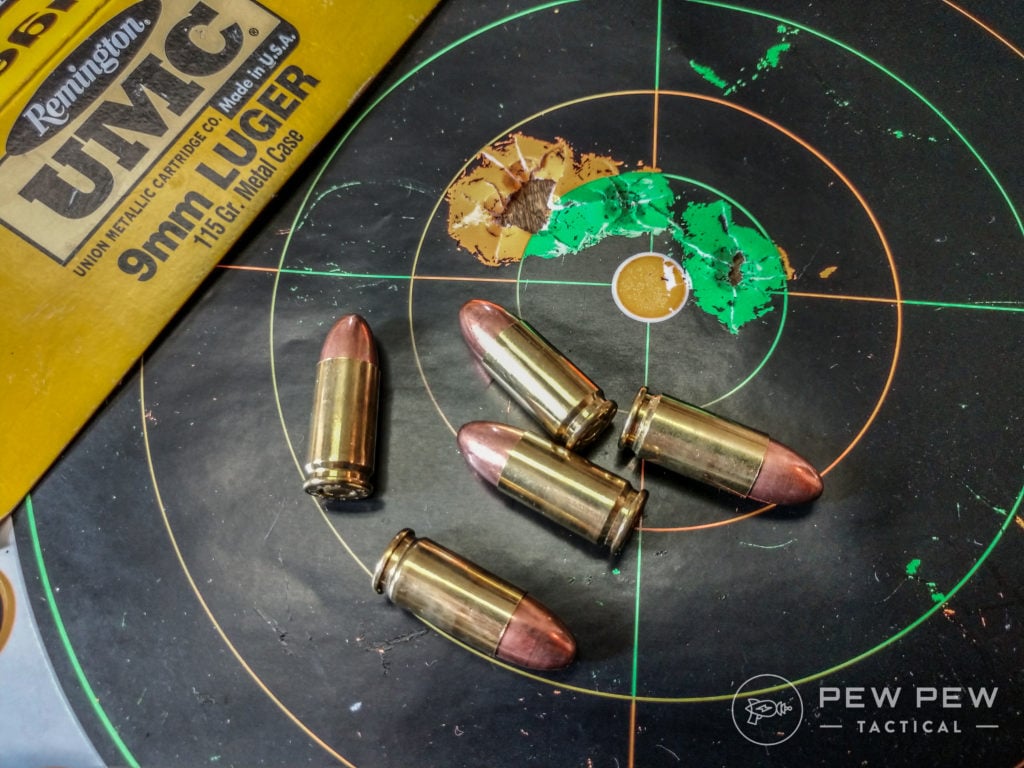
Parabellum comes from an old Latin phrase, si vis pacum, para bellum, meaning, “If you want peace, prepare for war.”
Because of this moniker, the newly created Luger — Pistole 1908 – became known as the Parabellum Pistol.
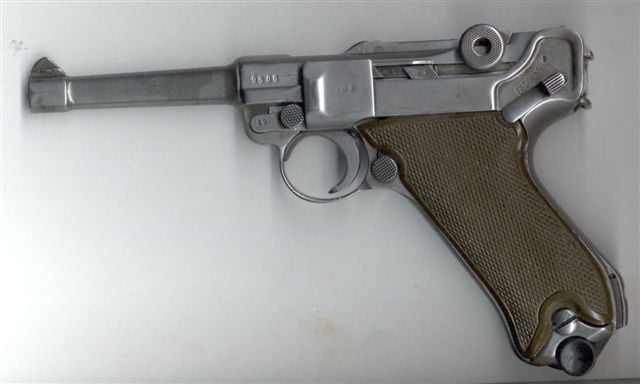
That name later came to be shortened to simply the P08.
The Luger Comes to the States…Almost
While synonymous with Nazi Germany, the Luger almost became the sidearm of choice for the U.S. military.
On April 16, 1901, the U.S. Army ordered 1,000 Lugers to test for troop use.
However, after significant testing spanning several years, the military opted for the M1911 over the Luger 45 (a .45 ACP Luger variant) in 1907.
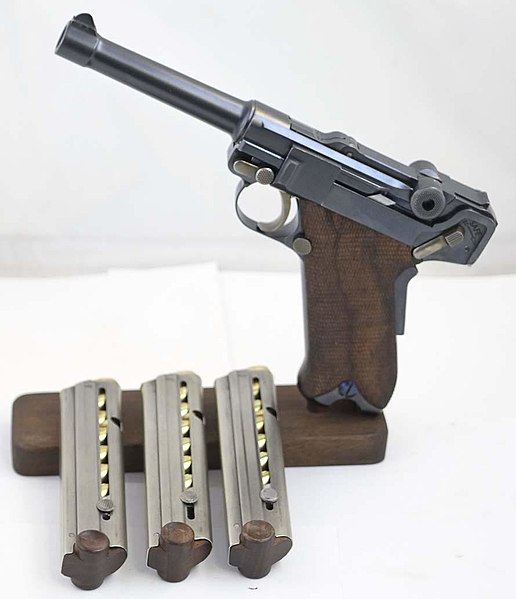
The rest, as they say, is history.
However, this brief stint stateside forever impacted the pistole. A salesman named Hans Tauscher represented the Pistole 1908 in the U.S.
His marketing efforts eventually saw the P08 adopting a new name – the Luger.
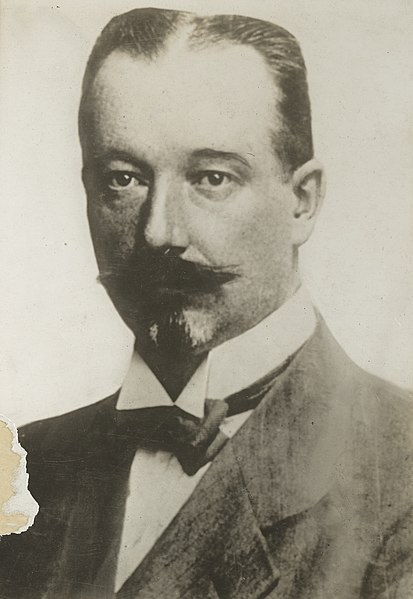
The World Wars
While German soldiers were outfitted with the Luger throughout World War I, its impact on the future development of submachine guns is where the Luger left its mark.
Trench warfare made smaller carbine-sized weapons with a high rate of fire incredibly useful for cleaning out enemy troops in trench combat.
With a few slight tweaks, the Luger adapted to this gory task.
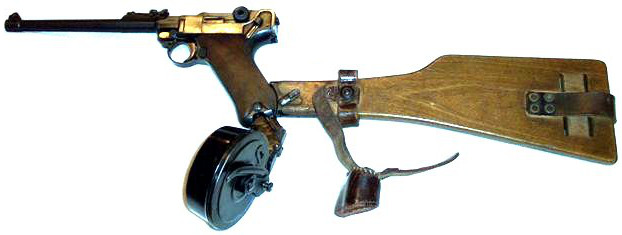
Many Lugers during this time were modded to accept stocks for submachine gunfire.
With the addition of a 32-round drum magazine, the Luger became a truly potent weapon of trench warfare.
Though the Luger would later be replaced by advancements in submachine guns, it certainly paved the way.
Lead-Up to WWII
After World War 1, the Treaty of Versailles greatly limited what Germany was allowed to do militarily.
The German military wasn’t permitted to contain more than 100,000 troops, and restrictions existed on what types of weapons could be produced.
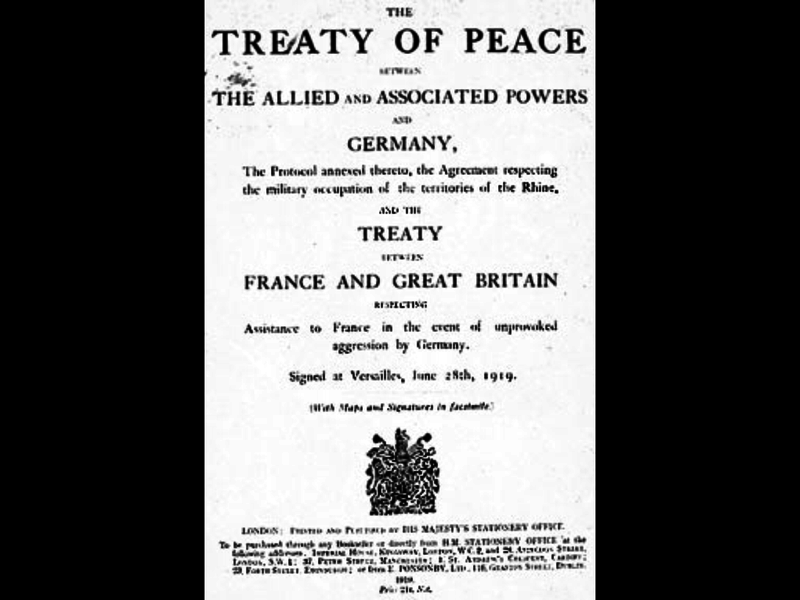
One of these restrictions stated pistol calibers measure less than 8mm and pistol barrel length less than 3 5/16-inches.
In response, the Germans shortened the barrel of the Luger to 3-inches, exporting the great majority of these pistols, under the Model 1923 name, to other nations.
While the Germans exported Lugers complying with the Treaty of Versailles’ restrictions, they secretly mass-produced 9mm Lugers with 4-inch barrels for their own use.
The Luger saw action throughout World War II. It impressed with its functionality and became a prize amongst Allied soldiers.
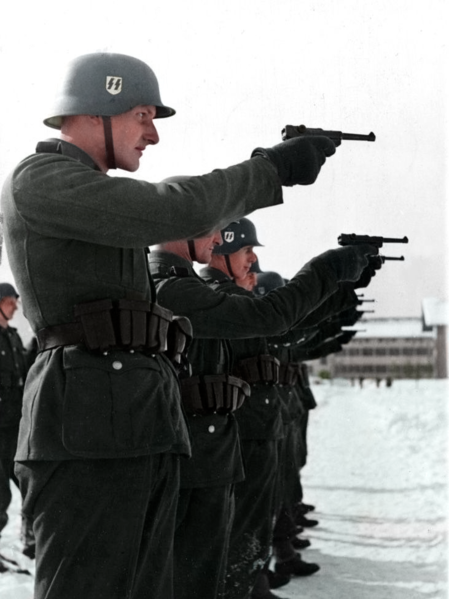
Quickly discovering the Allies would take on big risks to take home a Luger, they booby-trapped these pistols – wiring them to mines and grenades.
Post-World War 2
After V-Day, perspectives towards the Luger gradually changed.
Its association with the Nazis was unmistakable. Due to that and improvements in pistol design, the Swiss stopped issuing the Luger to its troops.
However, with the Berlin Wall upon Germany and a division into an Eastern and a Western bloc, the Luger continued to see widespread use amongst the Eastern half.

Stasi agents and the Volkspolizei used the Luger extensively throughout communist-run East Germany, the German Democratic Republic.
As further technological improvements entered the firearms market, the Luger gradually fell out of favor.
Soon, it took its place on the shelves of historical weapons.
Kinks in the Armor
The flaws with the Luger became more noticeable as time went on.
The Germans have a reputation for over-designing machinery, and the Luger was no exception to this. (Ever used a Bosch dishwasher…I rest my case.)
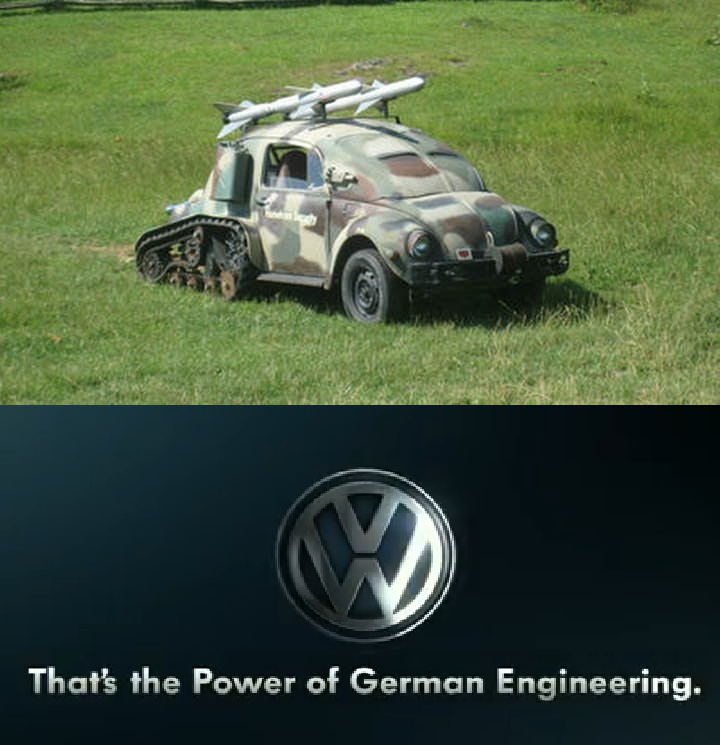
Due to very tight tolerances within the inside mechanics of the weapon, it didn’t take much dirt before the Luger would become clogged and unusable.
Soldiers spend the great majority of their time outside in the elements, so this was a problem.
Unlike a Nerf battle, opponents aren’t likely to listen when you call for a “timeout” during an actual war.

The Luger also proved incredibly sensitive to pressure changes. It requires high-pressure rounds to fire properly, and using anything less will result in jams.
So, while the Luger was an incredibly accurate weapon with a high rate of fire, it was very susceptible to the environment around it.
These factors combined with the complex design schematics led to difficulties in mass production during wartime.
It’s easy to see why the Luger saw a limited lifespan as a military weapon.
Official production of the Luger lasted until 1942. Though the Walther P-38 replaced the Luger well before that time in 1938.
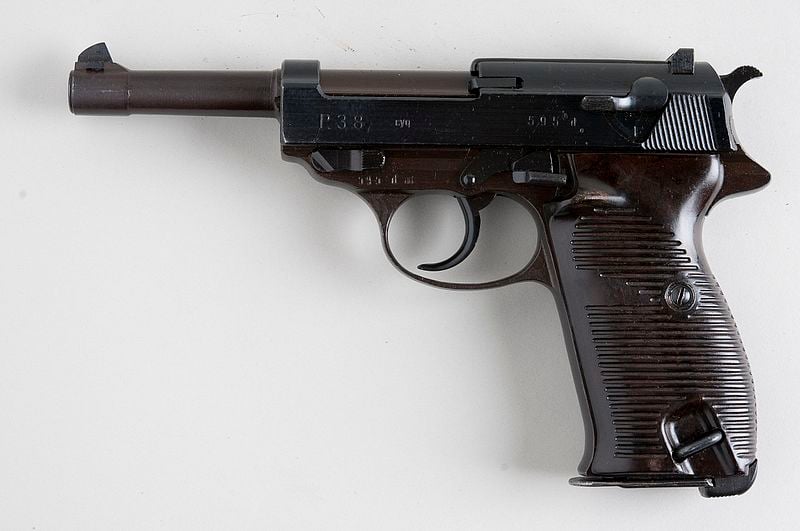
Conclusion
The Luger truly changed the world of sidearms, making a lasting impact on the world.
Brazil, Bulgaria, Finland, Iran, Norway, Switzerland, and even Turkey used the Luger at some point within their armed forces.
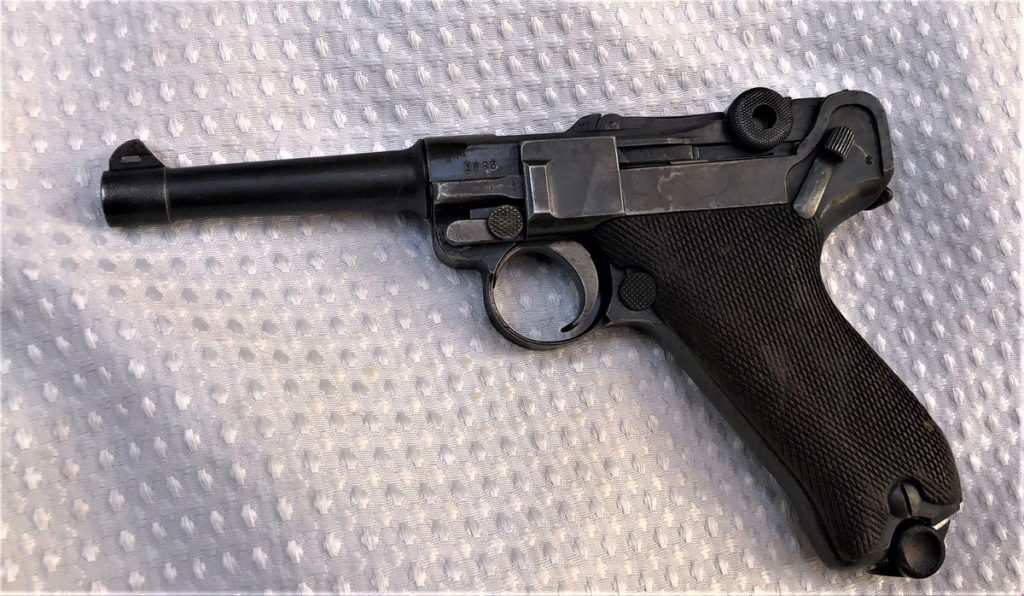
It led to the widespread proliferation of 9mm pistols and 9mm submachine guns throughout the world after World War I.
So, it’s safe to say that had it not been for the Luger, you may be carrying a very different type of firearm on your person today.
Do you have thoughts on the Luger? Have you ever had the opportunity to shoot one? If so, let us know in the comments below! Ready to dive into more World War weaponry? Check out the Famous Guns of WWI and the Coolest Guns From WWII.

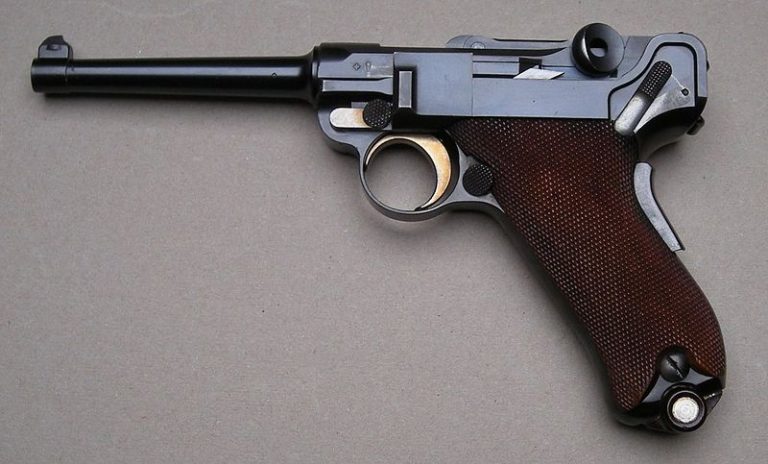
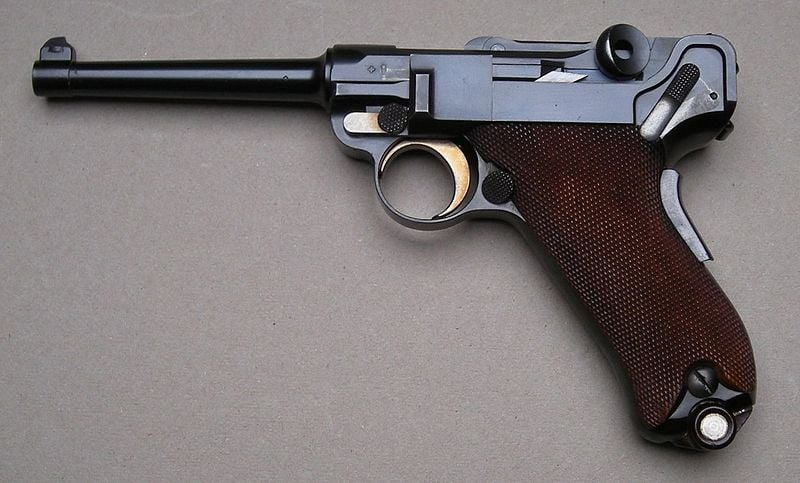







5 Leave a Reply
My girlfriend was not comfortable with guns so she gave me her deceased husband's Swiss made Luger. I don't even know if it's ever been fired. A couple of the tiny parts had some very light surface rust That buffed off easily with a dremel And then I found replacement parts that were like brand new from Lugerman.
I have 4 Lugers, a S/42, a byf, an S/42, Vopo, and a 1917 DWM Artillery Luger, they are amazing and so Beautiful. Would love to have a few more. GREAT Article, Thank You
I was able to pick up a 1940 Luger serial number 468. How might I find out more about this particular luger. Things like production date, where, who it might have been issued to. All the pieces have 468 or 68 on them even the magazine. The holster has 1938 imprinted on it.
Nice. Now do the P-38!
We got you, fam. Walther P1 (okay, it's close at least)